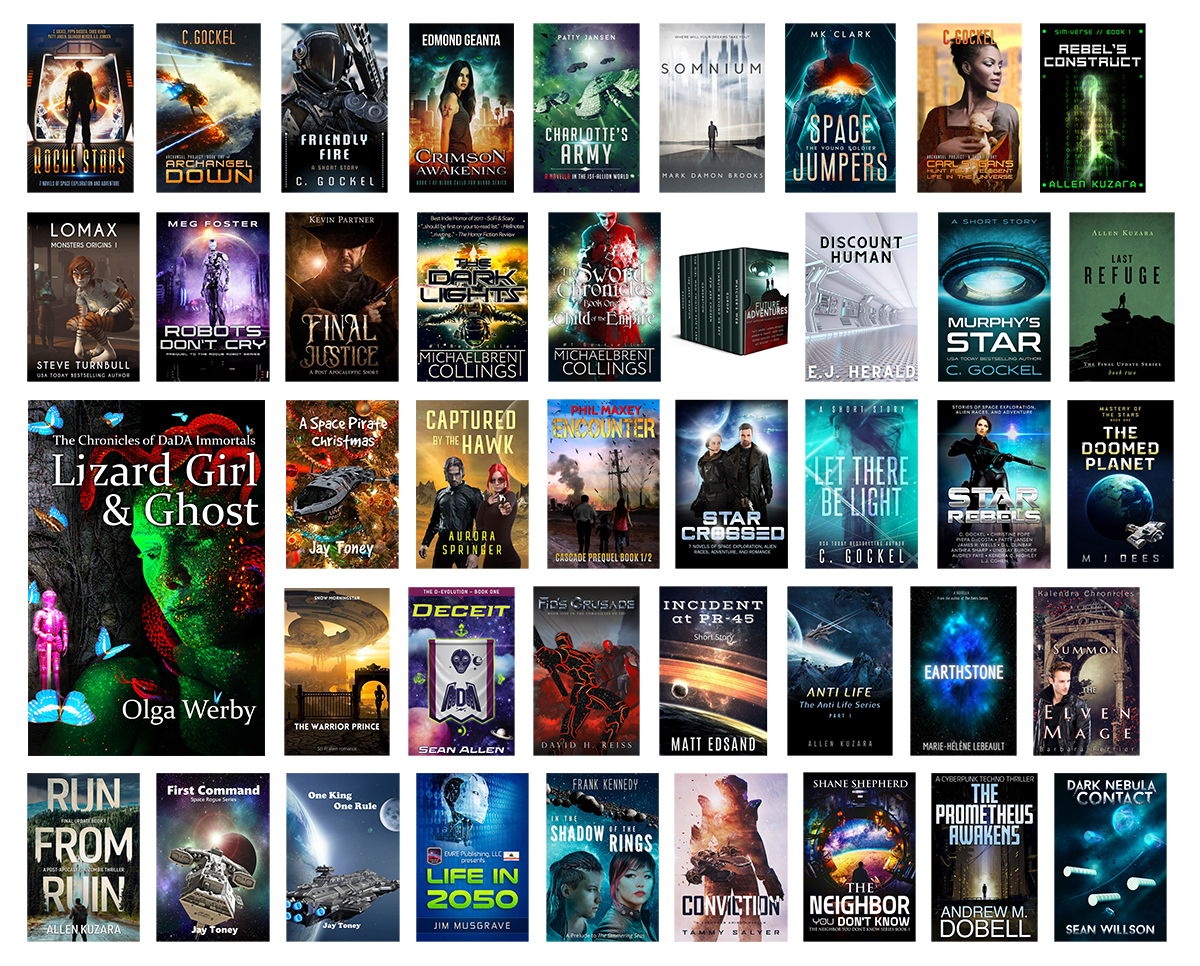Our lives are filled with objects and memories we collect on our journeys. It is almost like there are strings of emotions that tie us to our lives’ cabinet of curiosities. It is almost uncanny how stepping into someone’s house and seeing their possessions and their arrangement to each other tell a story of that person’s life. We can make a lot of very accurate guesses about the personalities, passions, and drives of the people by how and with what they choose to surround themselves with in their own homes. A small antique toy found in a little Paris shop, a newspaper clipping posted to the refrigerator that is a reminder of a funny incident from childhood, a giant salad bawl that had to sit on the lap for the six-hour flight home, a cute sweater that is too small but was once borrowed from a dear friend, a book that made a difference during dark times, even a little button that sits alone for over a decade waiting for the discovery of the item of clothing it belongs to — all the strange little collections of flotsams that accumulate over the course of daily living that become dear to us — are part of who we are. These idiosyncratic collections betray us to strangers and loved ones alike.
But this soulful animation of possessions seems to be true only so long as the person is still alive. If you have ever gone to an estate sale, you’d understand — possessions without their owner lose all meaning. The strings that animate them to tell the story of the life of their owner are severed and the rooms of belongings feel unmotivated and turn to piles of random stuff and, in some cases, garbage. While this sharp severing is easy to observe for possessions of strangers, it still takes place even for possessions of those we loved. With time, the memory strings fray and unravel, leaving junk in place of priceless artifacts.
The memory strings metaphor seems so obvious that it has been recreated over and over again through different times and cultures. The Inca Empire even invented a whole recording system based on strings and knots — quipu. Quipu was used to keep track of stuff, giving my imaginary memory strings an actual physical manifestation.

And it’s not just physical or metaphysical strings that tie a person into the societal web anymore, virtual informational links are what the world uses now to keep tabs on people, ideas, and stuff. What is a Google search of a person’s name but an organized and weighted list of memory strings? In the digital age, we have just as much digital stuff as we do actual physical possessions. Perhaps more. Most learn about each other through the search results. We decide what kind of person we are dealing with by what those sets of links reveal about us. No wonder some spend insane sums of money to clean up their digital presence.
The idea that a virtual collection of information defines who we has been taken further by science fiction, of course. I will give just one example. Remember the prequel to “Battlestar Galactica”, “Caprica”? The story of “Battlestar Galactica” deals with the fate of humanity after the war with AI robots it has created.
The prequel, “Caprica,” focuses on how those robots became sentient. Spoiler: while the intelligence was purposely programmed, the sentience came from the scrabbed collection of digital assets that belonged and defined one human teenager — a collection of virtual memory strings that summed up the soul of a person.
This idea that a collection of digital assessments can become more than their individual parts has been around for a while now. I have written more than one story based on this premise. In particular, my story “Lizard Girl and Ghost” is partly about what happens to an animated collection of digital memory strings after their person dies. It’s a digital afterlife story, a story about the search for virtual heaven…
For the next few days, “Lizard Girl and Ghost” will be available for a free download from the collection of science fiction novels below. Grab as many of these ebooks are you like.
Happy reading!




